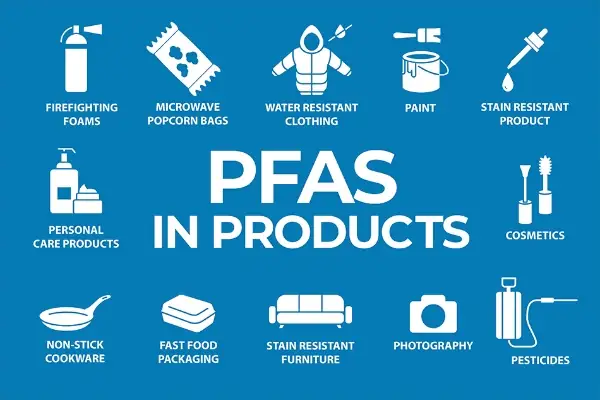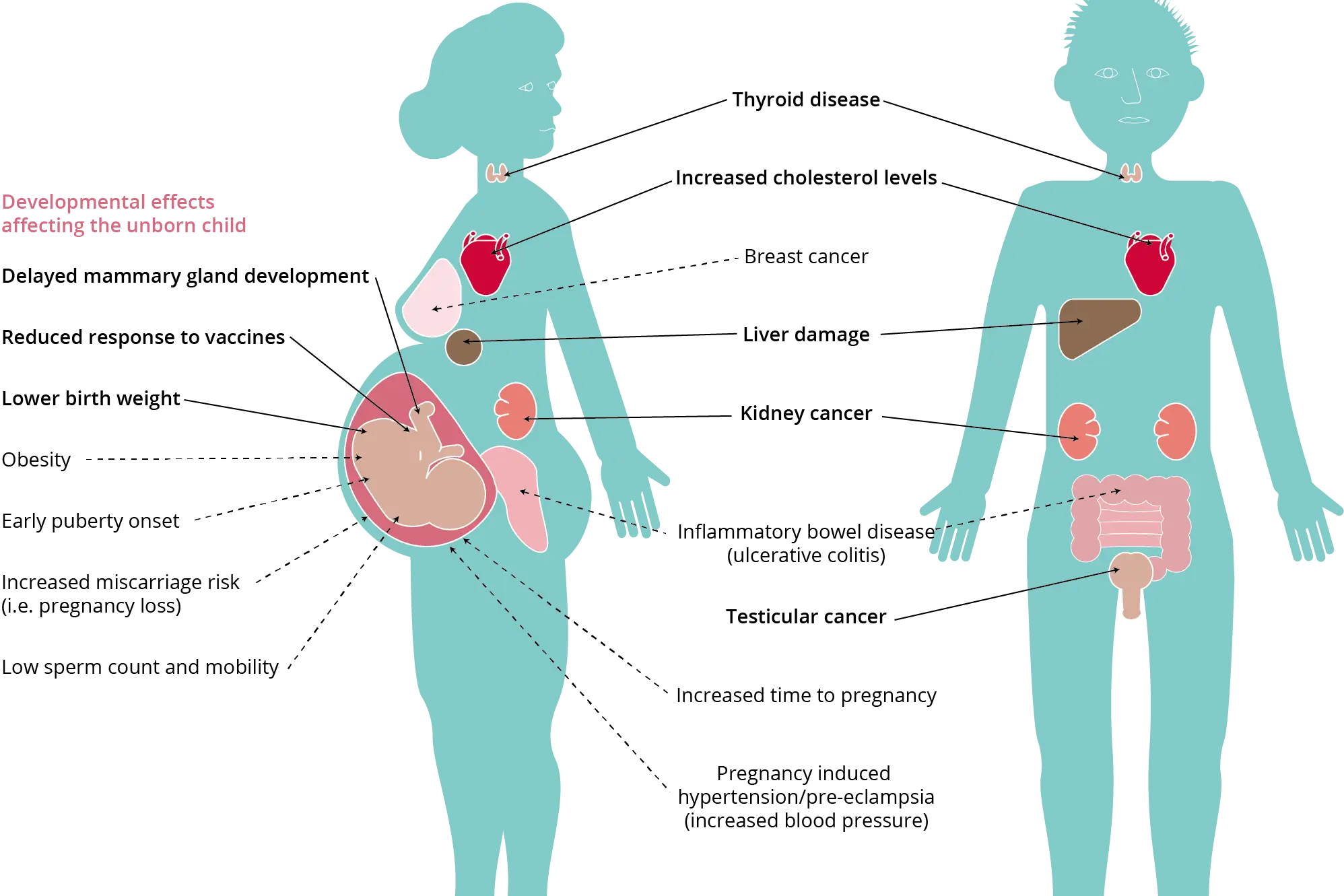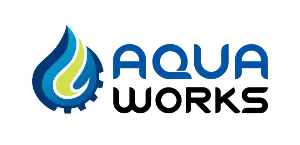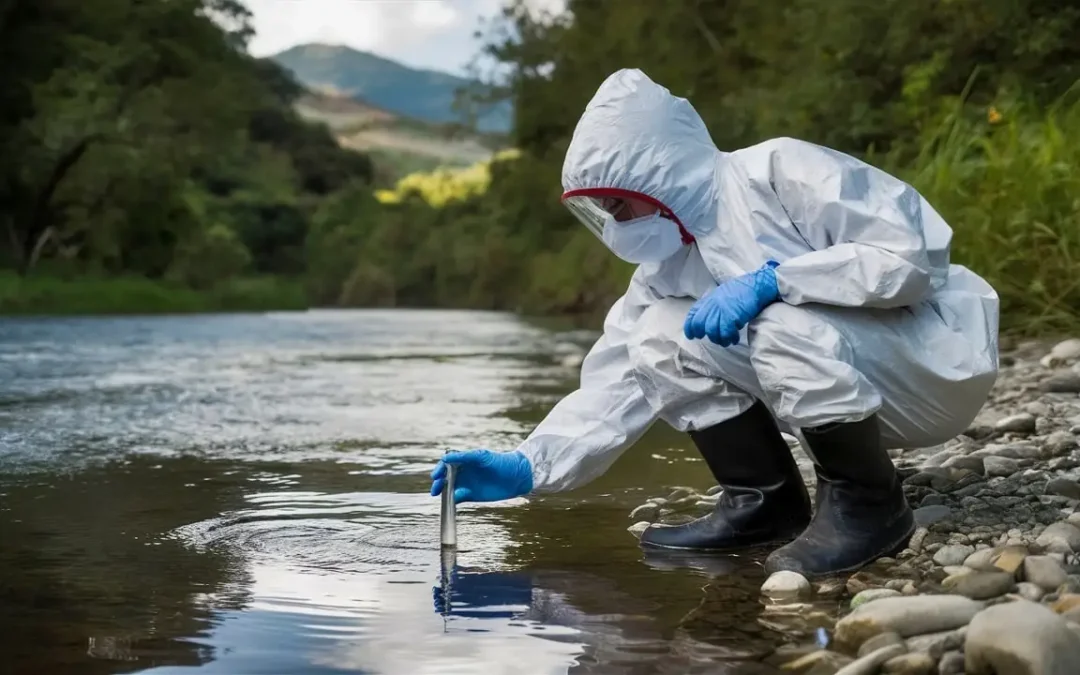PFAS in NZ drinking water is quickly becoming a hidden crisis. These “forever chemicals” silently seep into water sources across the country. While global awareness around PFAS contamination grows, New Zealand has yet to catch up in regulating these toxic substances that persist in our environment and bodies. This article uncovers the reality of PFAS contamination, its associated health risks, and the urgent need for action to protect your water quality.
1. What are PFAS & why are the a problem in New Zealand
2. Global comparison: WHO, U.S., Australia, and NZ PFAS limits in drinking water
3. Who is most at risk from PFAS in New Zealand?
4. Health risks associated with PFAS exposure
5. Should New Zealand follow Australia’s lead on PFAS regulation?
6. What can you do to minimise PFAS exposure?
7. Local experts meet efficient solutions, together against PFAS in NZ drinking water
PFAS—short for per- and poly-fluoroalkyl substances, or “forever chemicals”—has become a hot topic recently. Around the world, countries are grappling with PFAS in drinking water, implementing stricter limits to protect public health. While Australia and the United States are setting new standards, New Zealand has yet to follow suit, despite growing evidence that PFAS NZ drinking water contamination is a real and urgent concern. This article sheds light on the issue, the health risks involved, and how to protect yourself.
What are PFAS, and why are they a problem in New Zealand?
PFAS are synthetic chemicals valued for resisting heat, water, and oil. They are commonly found in non-stick cookware, firefighting foams, and water-resistant fabrics. However, these chemicals don’t break down easily, hence the term “forever chemicals.” They persist in the environment and have been detected in water supplies worldwide, raising alarm.
In New Zealand, PFAS contamination has been detected near areas where these chemicals were historically used, such as military bases, airports, and industrial sites. This persistent contamination impacts New Zealand’s reputation for clean, safe drinking water, and with PFAS NZ drinking water levels becoming a growing concern, the issue demands closer attention and regulation.

Stricter standards worldwide: Why the U.S. and Australia are tightening PFAS limits while New Zealand stands firm
Per- and poly-fluoroalkyl substances (PFAS), commonly called “forever chemicals,” have drawn worldwide concern due to their persistence in the environment and potential health hazards. Governments and regulatory bodies worldwide are now establishing and revising PFAS limits in drinking water to protect public health. However, standards vary significantly between countries, with New Zealand’s guidelines lagging behind recent stricter measures from Australia and the U.S.
World Health Organization (WHO) guidelines for PFAS
The WHO has not issued a specific limit for PFAS in drinking water; instead, it advises countries to reduce PFAS exposure as much as feasible. The WHO emphasises preventive measures, such as minimising unnecessary PFAS use and preventing contamination at the source.
United States standards for PFAS
In April 2024, the U.S. Environmental Protection Agency (EPA) set its first national limits on PFAS in drinking water, responding to concerns over PFAS’s impact on health. The EPA requires water utilities to lower specific PFAS compounds to minimal, detectable levels, aiming to protect millions of people and prevent illnesses associated with prolonged exposure, including cancer. A critical threshold for certain PFAS in the U.S. is now as low as 4 parts per trillion (ppt), underscoring the country’s commitment to drastically reducing public exposure.
Australia’s revised limits for PFAS
Australia is currently revising its PFAS standards, with substantial reductions planned. Draft guidelines from the National Health and Medical Research Council (NHMRC) propose lowering the allowable concentration of specific PFAS chemicals from previous levels by up to 20 times. For one limit, Australia plans to drop it to 4 ppt, aligning with the strict U.S. standard, while a separate limit would be reduced to 200 ppt. These revised guidelines highlight Australia’s shift towards more stringent control of PFAS exposure in drinking water.
New Zealand’s position on “Forever Chemicals”
In contrast, New Zealand has not yet updated its PFAS standards, and current allowable limits are significantly higher than those in the U.S. or Australia. New Zealand’s standards permit certain PFAS levels up to 70 ppt, almost 20 times higher than the U.S. limit of 4 ppt. For another threshold, New Zealand allows 560 ppt—140 times the U.S. limit of 4 ppt and nearly three times higher than Australia’s proposed 200 ppt. Taumata Arowai, New Zealand’s water safety authority, has stated that there are currently no plans to revise these limits despite the international trend toward stricter regulations.
Who is most at risk from PFAS in New Zealand?
While PFAS contamination affects everyone, certain populations are at higher risk. Communities living near former industrial areas, firefighting training grounds, or airports may face higher exposure risks. This is especially true for people reliant on local groundwater or private wells, which may not be tested for PFAS as rigorously as municipal water supplies.
In New Zealand, a recent incident at an Auckland water treatment plant revealed elevated PFAS levels, underlining the presence of these chemicals in the country’s water sources. For individuals in PFAS “hot zones,” monitoring PFAS NZ drinking water contamination levels and considering filtration options may offer some protection.


Health risks associated with PFAS exposure
Why worry about PFAS? Because even at low levels, these chemicals can cause serious health risks, impacting families across generations. Extensive research, including studies by the U.S. Environmental Protection Agency (EPA), has linked PFAS exposure to:
- Hormonal disruptions: PFAS can interfere with endocrine functions, affecting thyroid health and reproductive hormones.
- Increased cancer risk: Certain types of cancers, particularly kidney and testicular cancers, have been associated with PFAS exposure.
- Developmental issues: For pregnant women and young children, PFAS exposure poses additional risks, potentially leading to low birth weights and developmental delays.
- Immune system effects: PFAS can weaken the immune response, making individuals more susceptible to illness.
The presence of PFAS in New Zealand drinking water raises critical health concerns. Limiting exposure through filtering options and improved regulatory standards could mitigate these risks.
Should New Zealand follow Australia’s lead on PFAS regulations?
New Zealand, blessed with a relatively low overall PFAS exposure compared to more industrialised regions, has faced significant contamination concerns. A prominent example was in 2022 when PFAS levels at the Onehunga water treatment plant in Auckland forced a temporary shutdown. With plans for a $40 million upgrade to install granular-activated carbon filtration, the plant is not expected to reopen until 2027. This extended closure underlines that even isolated high PFAS concentrations can lead to severe disruptions to public utilities and warrant extensive, costly treatment measures.
New Zealand’s low PFAS exposure still raises red flags
While countries worldwide are moving toward comprehensive PFAS regulation, New Zealand’s approach can still be improved. The government currently regulates only two PFAS types despite over 14,000 different forms. In contrast, Europe has imposed limits on a “sum” of 20 types of PFAS, capping concentrations at 100 parts per trillion (ppt), with a proposal to tighten this to just 4.4 ppt for the sum of 24 types. This approach reflects a proactive stance, aiming to address cumulative exposure rather than limiting oversight to a few well-studied compounds.
Moreover, drinking water testing in 20 New Zealand suburbs revealed PFAS levels below one part per trillion, suggesting low but detectable contamination levels across various regions. A 2023 survey of 130 groundwater wells similarly found low PFAS concentrations. Despite these findings, which sparked a call for further investigation, authorities declined to pursue additional research, concluding that the low levels recorded did not justify further action.
While current PFAS levels may appear minimal, the situation in Onehunga serves as a reminder that localised spikes in contamination can have far-reaching impacts. Additionally, New Zealand’s regulatory approach lags behind international standards, potentially leaving the door open to unexpected risks. This raises an important question: is it time for New Zealand to follow global trends and adopt broader regulations to prevent future contamination events?
What can you do to minimise PFAS exposure?
In the absence of strict PFAS regulations in New Zealand, there are steps individuals can take to reduce their exposure:
1. Invest in PFAS-removing water filters
Certain filtration systems are particularly effective for removing PFAS:
-
-
- Activated Carbon Filters: These filters can reduce PFAS, especially in whole-house systems.
- Reverse Osmosis (RO) Systems: RO filters are highly effective at filtering PFAS, though they may require more maintenance and installation considerations.
-
2. Quality filters for PFAS removal
When selecting a water filter, look for certifications from bodies like NSF International to ensure they effectively reduce PFAS levels in your drinking water.
3. Limit products with PFAS
Certain household items, such as non-stick cookware, stain-resistant fabrics, and some food packaging, may contain PFAS. Reducing these items in your home can help lower your risk.
4. Stay updated on water quality reports NZ
Monitor updates from local authorities and water suppliers like Aquaworks. As awareness of PFAS NZ drinking water contamination grows, more resources may become available to help communities address this issue.
Local experts, efficient solutions:
Aqua Works tackles PFAS contamination in your drinking water
At Aqua Works, our mission is simple: to provide every New Zealander with safe, clean drinking water. With over 20 years of experience in water treatment, we offer advanced filtration systems, including activated carbon and reverse osmosis options that effectively reduce PFAS and other contaminants. As your local trusted water experts, we are here to help you protect your family’s health with solutions tailored to your individual needs and water source.
Don’t leave your water quality to chance—contact us today at 0800 278 288 or visit www.aquaworks.co.nz to schedule your free consultation. You decide what’s in your water! Therefore, take the first step toward safeguarding your health with pure, contaminant-free water.

Best Water Filters for PFAS in NZ Drinking Water
Aqua Work’s water filtration options ensure that your water is safe and potable to drink to keep your family safe. Enjoy pure, healthy and tasty water from any tap in your home with smart product solutions from Aqua Works.
- University of Auckland, Article on PFAS risk in NZ drinking water
- WHO: PFOS and PFOA in Drinking-water: Background document for development of WHO Guidelines for Drinking-water Quality
- People Article on US lowering PFAS Limits
- RNZ Article on Australia and U.S. PFAS Limits
- ABC News Article on new draft limits on PFAS in Australien drinking water
- RNZ Article on PFAS in Auckland Water Treatment Plant
- EEB Policy Briefing on time to tackle PFAS
- European Environment Agency Article on PFAS pollution in Europe and the risks

